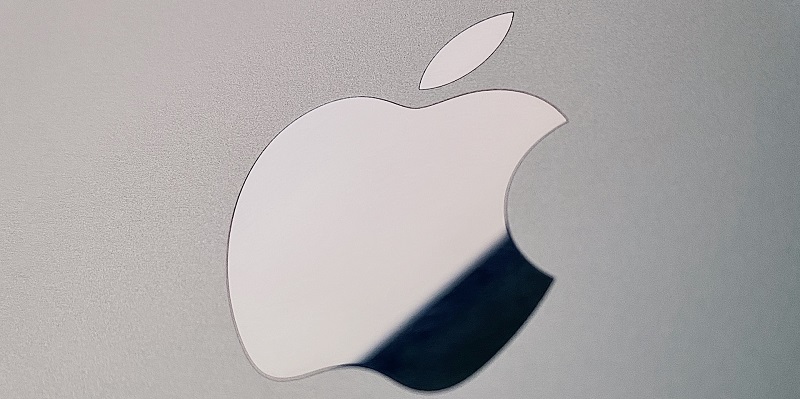At the Apple September event, Apple made headlines with its announcement of the powerful A17 Pro chip, which powers the new iPhone 15 Pro and iPhone 15 Pro Max. One of the most notable features of this chip is its support for hardware ray tracing in mobile games, a groundbreaking development that promises to revolutionize the gaming experience on Apple devices.
Ray tracing is a rendering technique that simulates the behavior of light in a 3D scene, resulting in incredibly realistic lighting effects. By tracing the path of light rays as they interact with the virtual objects in a scene, ray tracing creates lifelike reflections, shadows, and refractions. This technology has long been used in high-end computer graphics, but until recently, it was limited to powerful gaming PCs and dedicated gaming laptops.
Challenges of Real-time Ray Tracing
Real-time ray tracing is a computationally intensive task that demands significant processing power. Only the best graphics cards and high-performance gaming laptops are equipped with the necessary hardware to handle ray tracing in real time. The introduction of hardware ray tracing support in the A17 Pro chip suggests that Apple is making a serious push towards providing a gaming experience on par with dedicated gaming devices.
Apple has a significant advantage in the mobile gaming market due to its large pool of mobile game developers already utilizing Apple’s Metal API for graphics processing. With the inclusion of ray tracing capabilities in the A17 Pro chip, these developers can seamlessly integrate ray tracing into their titles, providing stunning visuals and a more immersive gaming experience for Apple users.
The Integration of Ray Tracing in Mobile Games
While Apple’s hardware support for ray tracing opens up exciting possibilities, it remains to be seen how effectively mobile game developers will leverage this new technology. Optimizing games to take advantage of ray tracing requires careful consideration of performance and resource usage. Developers will need to strike a balance between visual fidelity and maintaining smooth gameplay, especially on devices with limited processing power.
The Importance of Efficient Ray Tracing
It is important to note that any processor can technically perform ray tracing, but the key lies in doing it quickly and efficiently. Typically, separate graphics processing units (GPUs) are used for ray tracing due to their specialized hardware. However, the hardware in traditional GPUs may not be optimized specifically for handling ray tracing calculations. By introducing ray tracing capable hardware into the A17 Pro chip, Apple is demonstrating its dedication to advancing its gaming credentials and suggesting it may have the hardware capabilities to back it up.
Future Possibilities with the Apple M3 Chip
Looking forward, the upcoming Apple M3 chip, expected to arrive next year, will likely include a ray tracing-capable GPU. This advancement could further solidify Apple’s position in the gaming market, providing even more compelling visuals and immersive gameplay experiences on its devices.
Challenges for Apple in the Gaming Market
Despite Apple’s advancements, it faces a considerable challenge when it comes to competing with the dominant Windows platform in the PC gaming market. Windows currently holds the majority of market share for gaming, and Apple will need to invest significant effort to establish itself as a serious player in the gaming conversation.
Apple’s support for hardware ray tracing in the A17 Pro chip marks a significant milestone in mobile gaming. By leveraging the power of ray tracing, Apple aims to deliver a more realistic and immersive gaming experience for its users. However, the success of this endeavor hinges on the ability of mobile game developers to effectively integrate ray tracing into their titles. With the upcoming Apple M3 chip, Apple’s commitment to gaming advancements becomes even more apparent. Still, the company must navigate the challenges posed by the dominant Windows platform to secure a significant position in the gaming market. Only time will tell if Apple can successfully carve out its space in the gaming industry.

